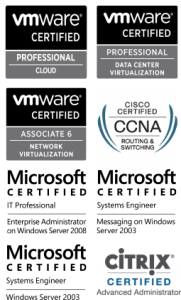I usually refer to this excellent TechNet post when using PerfMon: http://technet.microsoft.com/en-us/magazine/2008.08.pulse.aspx
However, for measuring IOPS, these counters are better:
- Current Disk Queue Length
- Disk Reads/sec
- Disk Transfers/sec
- Disk Writes/sec
These counters were recommended from this video on VDI and IOPS: http://www.brianmadden.com/blogs/videos/archive/2012/03/19/windows-iops-deep-dive-what-iops-means-to-you-and-why-you-can-t-do-vdi-without-knowing-about-them_2C00_-a-video-from-BriForum-2011.aspx





